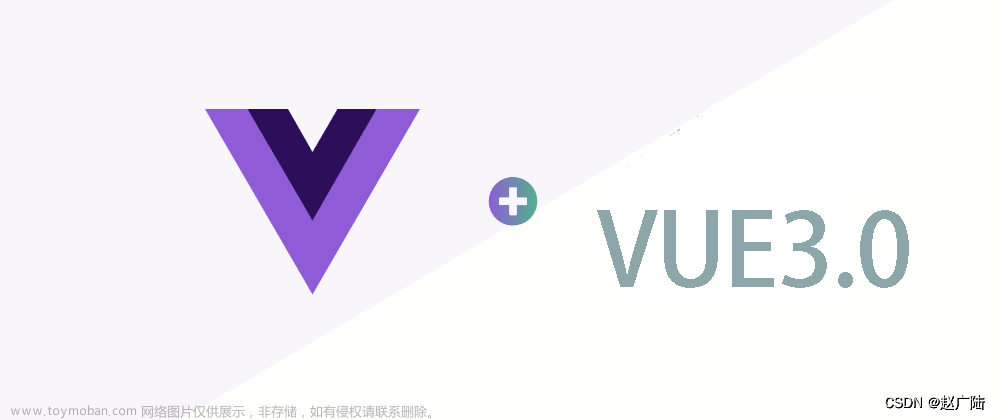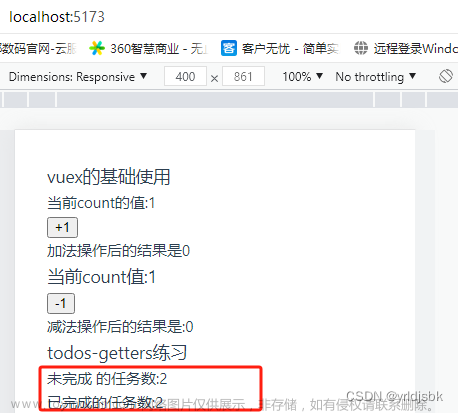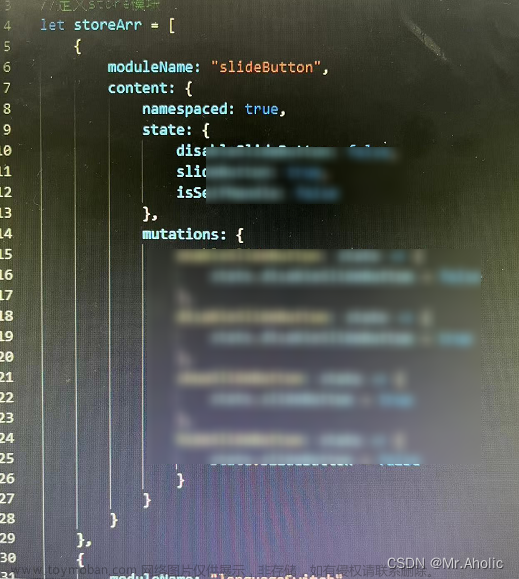目录
一、State
二、Mutations
三、Actions
四、Getters
五、Modules
前提:state.js要引入,
import Vue from 'vue'
import Vuex from 'vuex'
Vue.use(Vuex)下面我都省略了
一、State
所有共享数据都放到Store的state中存储
const store = new Vuex.Store({
state: { count: 0 }
})访问:
<template>
<div>
<h3>当前的值为{{ this.$store.state.count }}</h3>//this可以省略
</div>
</template>二、Mutations
作用:修改Vuex中的全局数据
1、只能通过Mutation变更Store中的数据
2、操作有点繁琐,但可以集中监控所有数据变化
定义mutations:
const store = new Vuex.Store({
state: { count: 0 },
mutations:{
add(state, step) {//参数1: 上面的state 参数2: 组件传过来的参数
state.count += step
}
}
})组件中触发mutations:
methods: {
handle() {
this.$store.commit('add', 3)//commit的作用是调用某个mutation函数
//参数1: 调用mutation函数里面的方法的方法名
//参数2: 传过去的参数
}
}三、Actions
actions用于处理异步任务 例如: 计时器
如果通过异步操作变更数据 , 必须通过actions,而不能通过mutations
但是Action还是要通过触发Mutation的方式间接更改数据
定义actions:
const store = new Vuex.Store({
state: { count: 0 },
mutations: {
addN(state, step) {//参数1: 上面的state 参数2: 组件传过来的参数
state.count += step
}
},
actions: {
addNAsyc (context, step) {//参数1:固定写法 参数2:组件传过来的参数
setTimeout(() => {
context.commit('addN', step)//调用mutation的addN()
}, 1000)
}
}
})触发actions:
mathods: {
handle() {
this.$store.dispatch('addNAsync', 5)//参数1: Action里面的方法名
//参数2: 传进Action的参数
}
}四、Getters
作用:Getter可以对store中的数据进行加工处理形成新数组
(1).Getter可以对store中已有的数据加工处理之后形成新的数据(类似vue的计算属性)
(2).Store中数据发生关系, Getter的数据也会跟着变化
定义getters:
const store = new Vuex.store({
state: {
count: 0
},
getters: {
showNum: state => {
return '当前数量为[' + state.count + ']'
}
}
})触发getters:
<h3>{{ this.$store.getter.showNum }}</h3>五、Modules
点击链接
六、Plugins
实现数据持久化文章来源:https://www.toymoban.com/news/detail-450542.html
点击链接文章来源地址https://www.toymoban.com/news/detail-450542.html
到了这里,关于Vuex中的States、Mutations、Actions、Getters、Modules、Plugins的作用(推荐使用版本)的文章就介绍完了。如果您还想了解更多内容,请在右上角搜索TOY模板网以前的文章或继续浏览下面的相关文章,希望大家以后多多支持TOY模板网!












